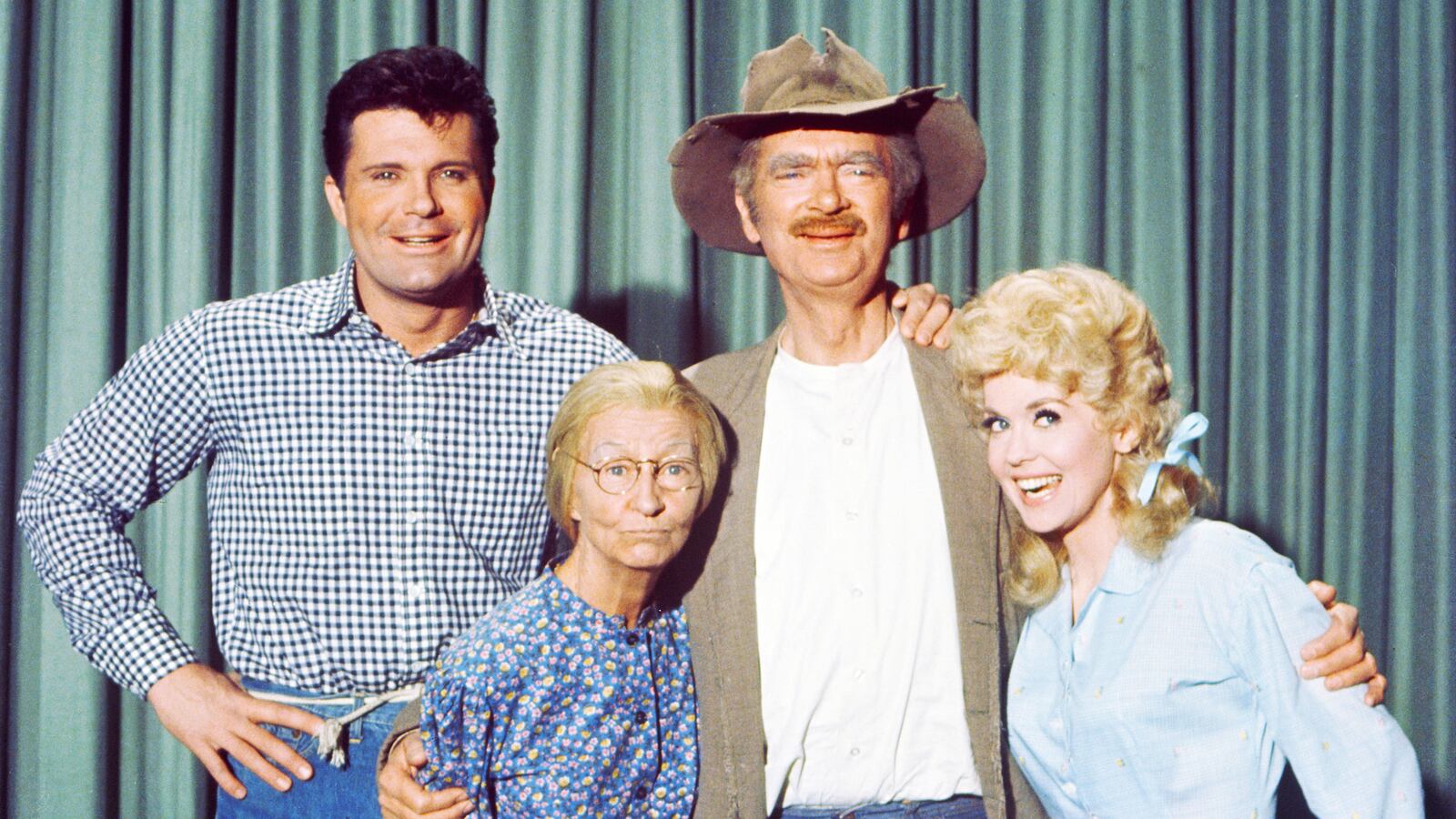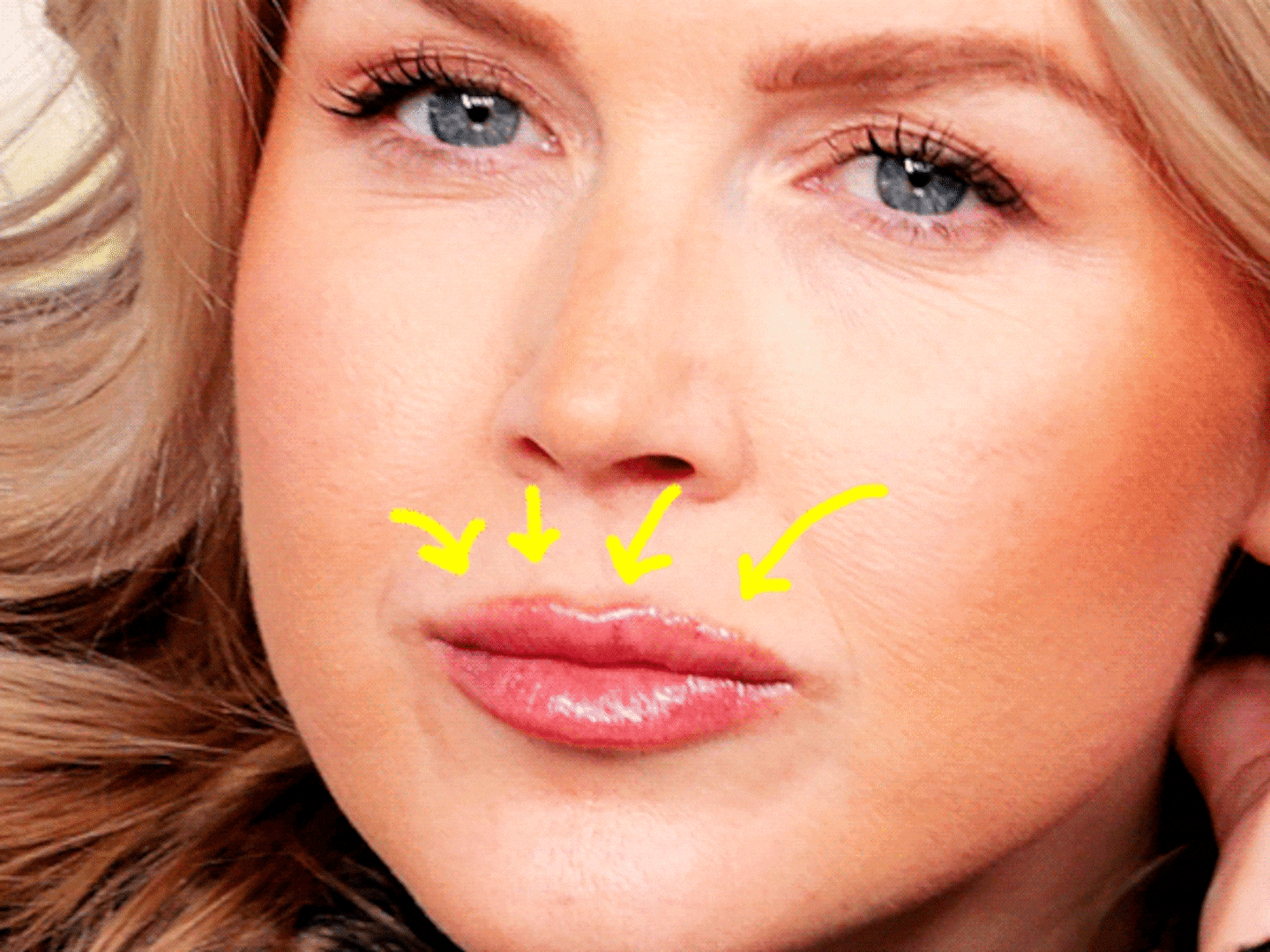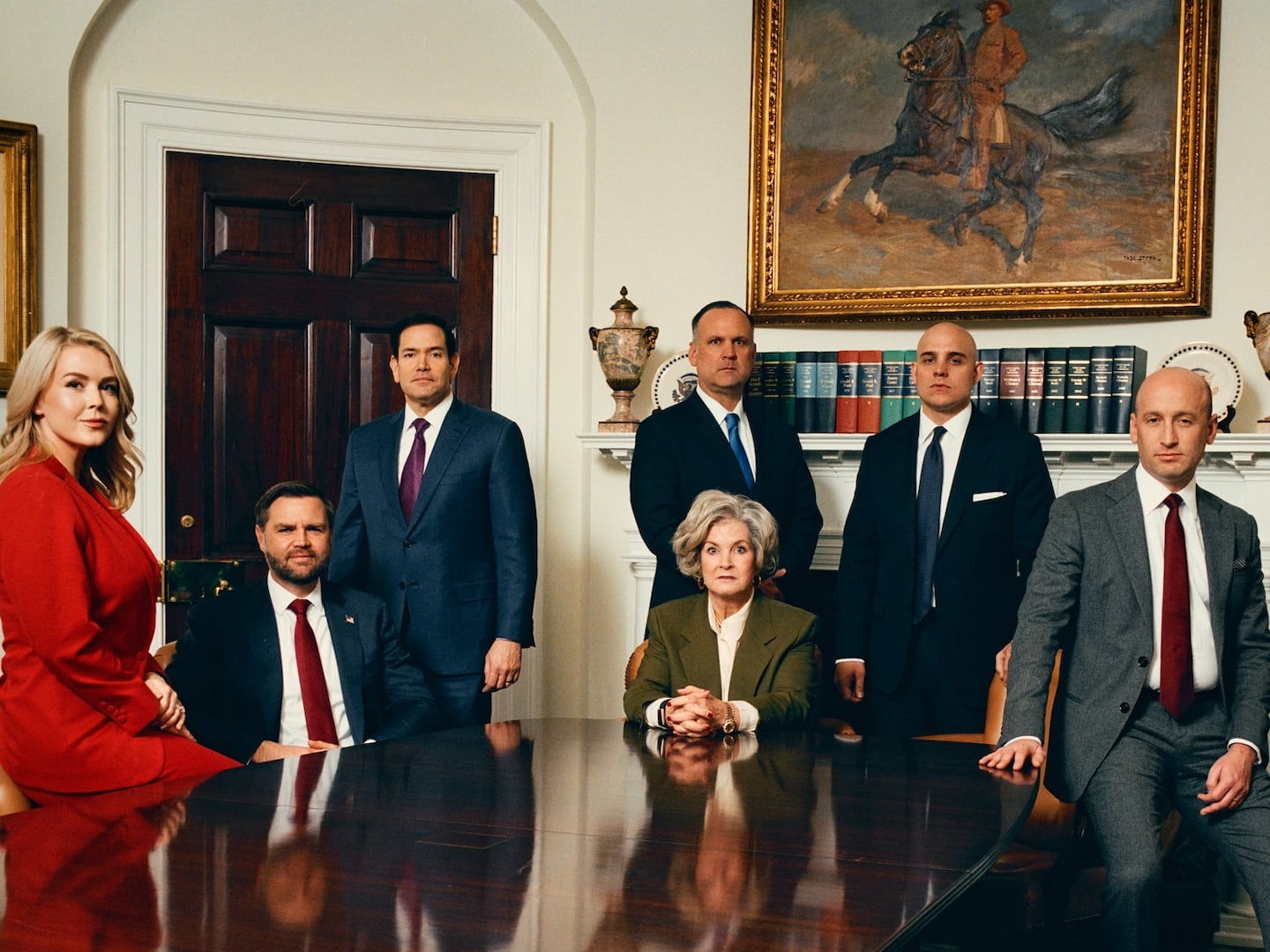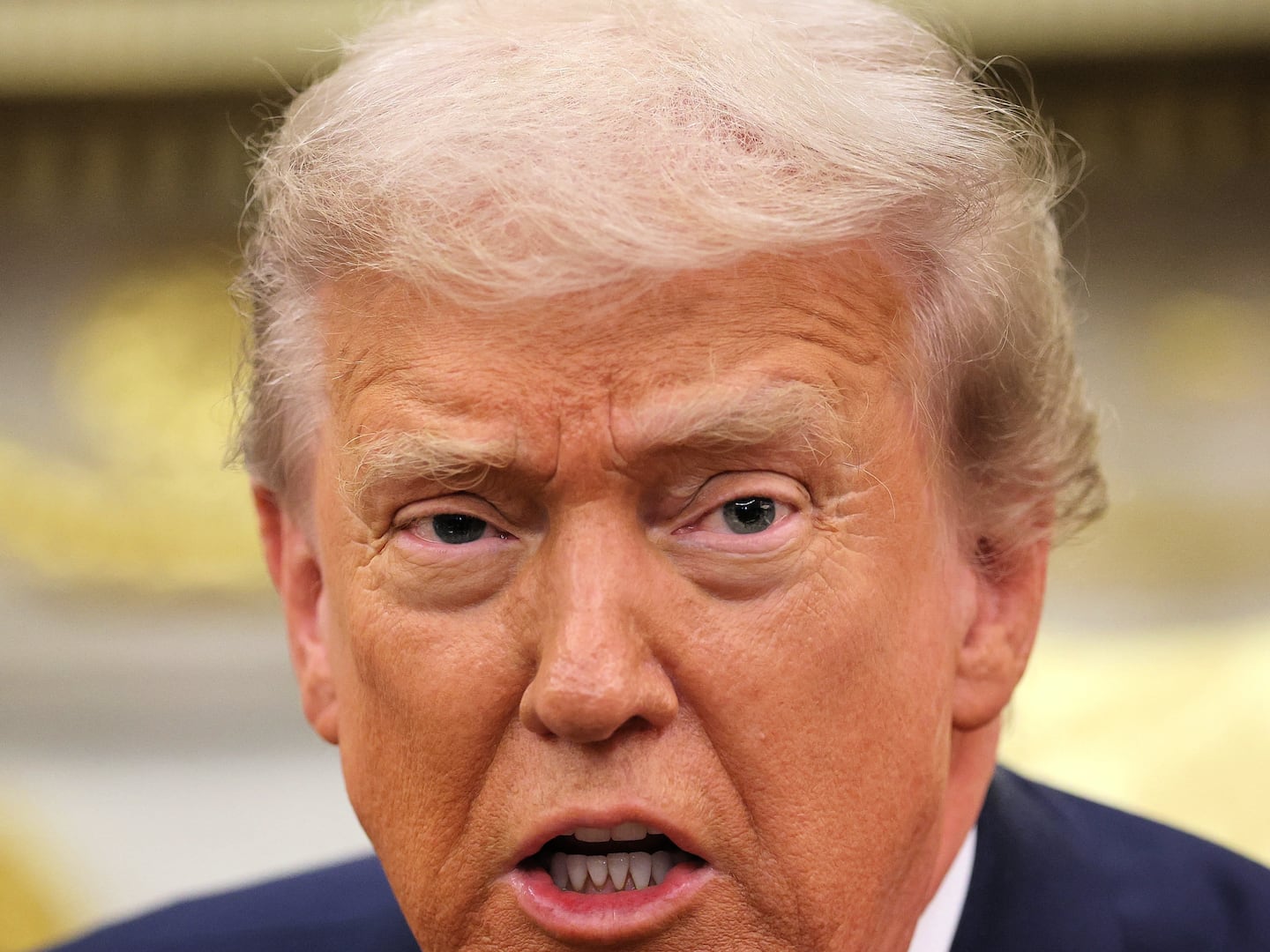If you didn’t bother to look at the data and relied entirely on the popular narrative, you could be forgiven for thinking that Donald Trump won the presidency by getting everyone who lives in a rural area on a low income to spontaneously decide to start voting. Trump won, the story goes, because of those rural white working class voters. They’re the people who vote against their own best interests.
This has led to a resurgence in popular classism in the public square. It’s in vogue in certain liberal circles to laugh at the very real struggles of the poor. When a story of horrific racism comes across their feed, the Twitter wags ironically cluck “economic anxiety,” to mock the narrative that economic anxiety made the racist punch that black person or call in that bomb threat.
A variation on that joke is liberal smirking at the prospect of some poor person who voted incorrectly losing health care as a result of Trump’s monstrous policies. These bon mots are explained away because after all, it’s those rural white low-income earners who got us Trump, a man who would happily terrorize a litter of puppies if it earned him a dollar.
Only 20 percent of the American population lives in a rural area. Even if every single denizen of the mountains, hills, and plains voted for Trump, it wouldn’t make up enough people to have won him the presidency—and they didn’t. Rural voters made up 17 percent of the electorate. That number is up, to be sure. But it’s still not even representative of the population.
Beyond that, there were plenty of rural voters who went for Hillary Clinton. I should know; I’m one of them. So are my closest friends and family. It seems more likely that I will be made president of Australia than that our little group of 10 or so in Meigs County, Ohio, were the only rural Hillary voters in the whole country. But the narrative took hold because rural turnout was up while city turnout was down, and it’s much simpler to talk about how the country folk came out and handed the White House to Trump than it is to parse out the reasons why the city dwellers stayed home. And who wants to let facts get in the way of a solid session of group condescension, anyway?
Then there’s the problem of income. Poor people famously do not vote in anywhere near the numbers their wealthier peers do. Yet suddenly we’re all pretending that the people with the least political power in a country that is run on money and fantasies of meritocracy are the kingmakers, the real power behind Trump’s throne. It must be nice, after years of rhetoric about the 99 percent and endless discussions about income inequality, for bigots who think the poor are beneath them to finally have an excuse to unleash all the venom and bias they’ve been holding back politely.
There’s just one problem. Trump’s voters skew wealthy. Two-thirds of voters making less than $50,000 yearly voted for Clinton. People making more than that went for Trump, in margins that increased along with the tax bracket. His average voter earns $72,000 a year. It’s surpassingly unlikely that low-income white people voted en masse for Hillary. We don’t have solid data, but we can infer from what we know that many or even most voted for Trump. Still, it doesn’t follow that strong support from a low-turnout demographic can then be blamed alone for the election of Trump.
The single biggest predictor of voting behavior was education—even majority-minority counties with low to medium educational attainment shifted toward Trump. (It is a personal belief of mine that black women will eventually save the world from itself, and the data show us that they voted against Trump in huge margins. That should be noted. But they don’t make up enough of the population to swing a whole election any more than rural voters do.) As it turns out, poor people aren’t stupid, but the uneducated are susceptible to demagogues and propaganda. This shouldn’t be surprising to anyone who’s even thought about history or human behavior, much less studied it.
It may be cathartic to imagine all rural voters as toothless rednecks waving the Stars and Bars and singing racist chants, and then to blame that caricature for the country’s woes, but it doesn’t get us anywhere. Bigotry surely does exist out in the country, and it’s ugly. It exists in the lower classes, and it should be stamped out. But it exists everywhere in America. Nobody from the holler is gentrifying Brooklyn. No poor person has set a rapist free with merely probation as punishment. It isn’t out-of-work welders scratching busily away at legal justifications for the travel ban. Not a single rural opiate addict is conducting ICE raids, and that now-ubiquitous voter from Youngstown isn’t in a position to close the wage gap.
If you want to mitigate bigotry and hate, try focusing on the system and the people who perpetuate it instead of merely pointing and laughing at the people who consume its outputs. It is never excusable and should be obliterated with vigor and force—especially when the bigotry comes from people who actually have the political power to enforce and perpetuate it.
But it seems we still need to blame someone who isn’t ourselves. We aren’t ready yet to grapple with what it says about this society that we elected a kleptocrat who’s incapable of politely shaking hands with foreign leaders or going more than a month without a rally to shore up his fragile ego, but who has found time to install his family and crypto-Nazis in positions of power while he terrorizes small children because their parents overstayed their visa. So instead of doing that, we’re taking this opportunity to blame the poor for the behavior of the well-off, because otherwise we’d have to admit that it was just normal Republicans who voted for Trump. Worse, we might have to admit that economic anxiety isn’t just a punch line any more than it’s just for white people.
More than three times as many people voted for Trump on Staten Island, and nearly ten times as many in Macomb County, Michigan, than live in my whole county. If you’re looking for a reason Trump is in office, you might start by looking where the majority of his voters are.






